How to Stop Your Dog From Whining
While it may seem like your dog is whining for no reason, he is trying to tell you something. Like barking and growling, whining is a way for dogs to

Possessive aggression in dogs is a serious problem for dog owners and a common reason that dogs are referred to animal behavioral specialists. When a dog behaves aggressively toward people or other animals that approach valued objects such as a toy, treat, or food, the behavior is described as possession aggression or resource guarding. If you determine that this is the cause of your dog's aggression, you may be able to stop it with some training and behavior modification. Here's how to address resource guarding or possession aggression in dogs.
Canine resource guarding is also sometimes called possession aggression, food aggression, or toy aggression. Dogs may growl, snap, or bite to protect a resource, such as food, toys, beds, or other objects, from being taken away by another dog or person. This is the dog's way of saying, "Back off! This is mine!"
What your dog considers an object worthy of possessing may not be something you think has any value. For instance, some dogs are just as likely to snarl and snap over a tissue fished out of the trash can as over a favorite toy.
To determine whether your dog is displaying resource guarding behavior, watch closely for signs of aggressive behavior in certain situations:
Different dogs may display varying degrees of aggression. Some dogs only show aggression in connection with a specific object and nothing else. For instance, a dog may not care if people or other animals approach while they're playing with a toy. But the same dog may snap or growl if it's approached while chewing on a pig's ear.
Other dogs display aggression over practically anything they find around the house, including children's toys, your shoes or clothing, and other random objects.
Different dogs display aggression differently as well. Some dogs never do more than curling a lip or mildly growling. Other dogs may nip or bite someone who approaches while they're eating.
It's also possible for aggression to escalate over time. A dog may start with a small growl over the food bowl, but if the warnings are ignored, the dog may resort to biting to protect their things.
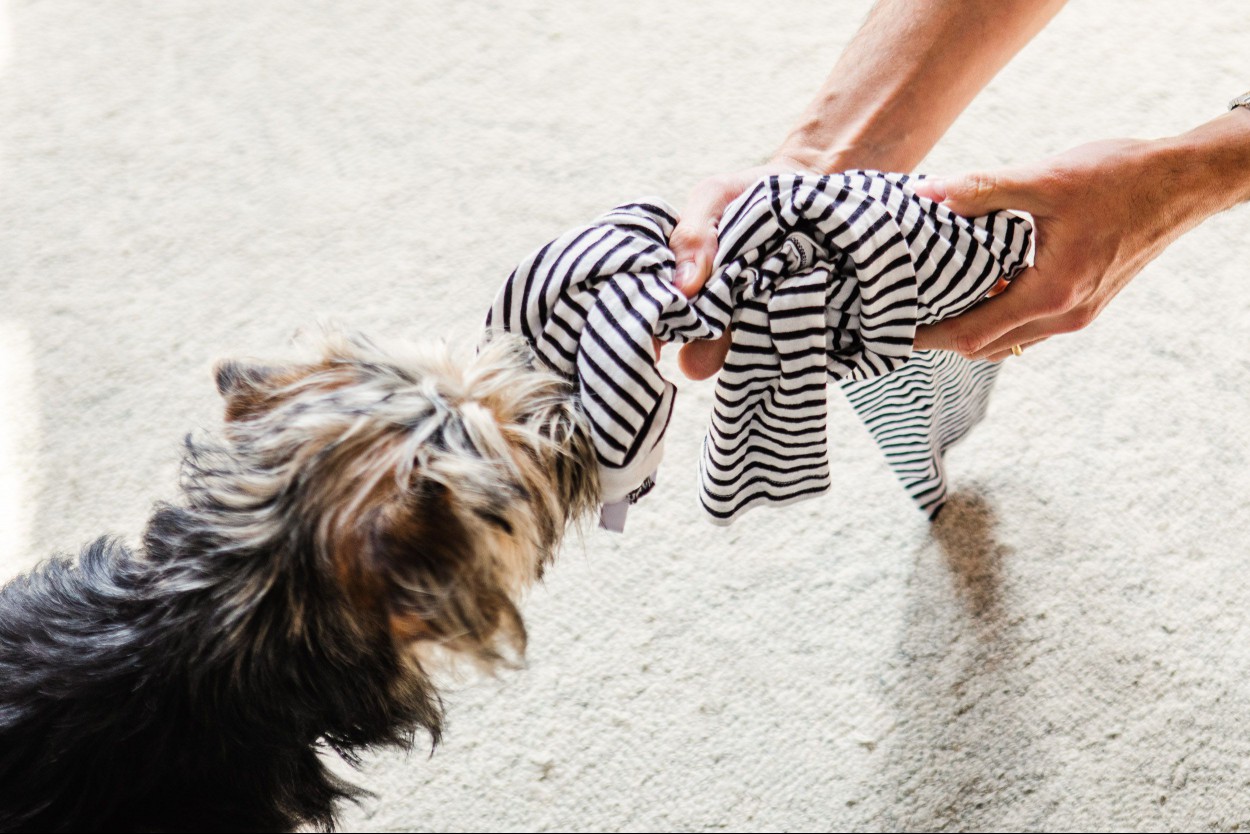
The Spruce / Sarah Crowley
Possession aggression in dogs is a natural behavior that originates from the instinct to react to a perceived threat. Although it's useful, necessary behavior in the wild, it has no place in your home and needs to be managed before it develops into a serious problem. Reasons for resource guarding may include:
If the sign your dog exhibits is growling, be sure you are dealing with the growling properly. The worst thing you can do is to force your dog to give up the item he's protecting. You could get injured and your dog will learn nothing. Instead, teach your dog to trust you around its treasures. It's better to find a way to convince your dog that giving up the item means something good will happen.
Instead of taking away your dog's treasured object, try introducing something your dog may find even more valuable, like a special treat or a new toy. If your dog is holding the item he is guarding, you can use the "drop it" cue to get your dog to give up the item. Just make sure you have a valuable reward.
After your dog stops guarding and gets the other reward, you can let him have the item he was guarding back. Repeat the exercise often, each time your dog is resource guarding. Over time, your pet will learn that there is no need to protect its possessions.
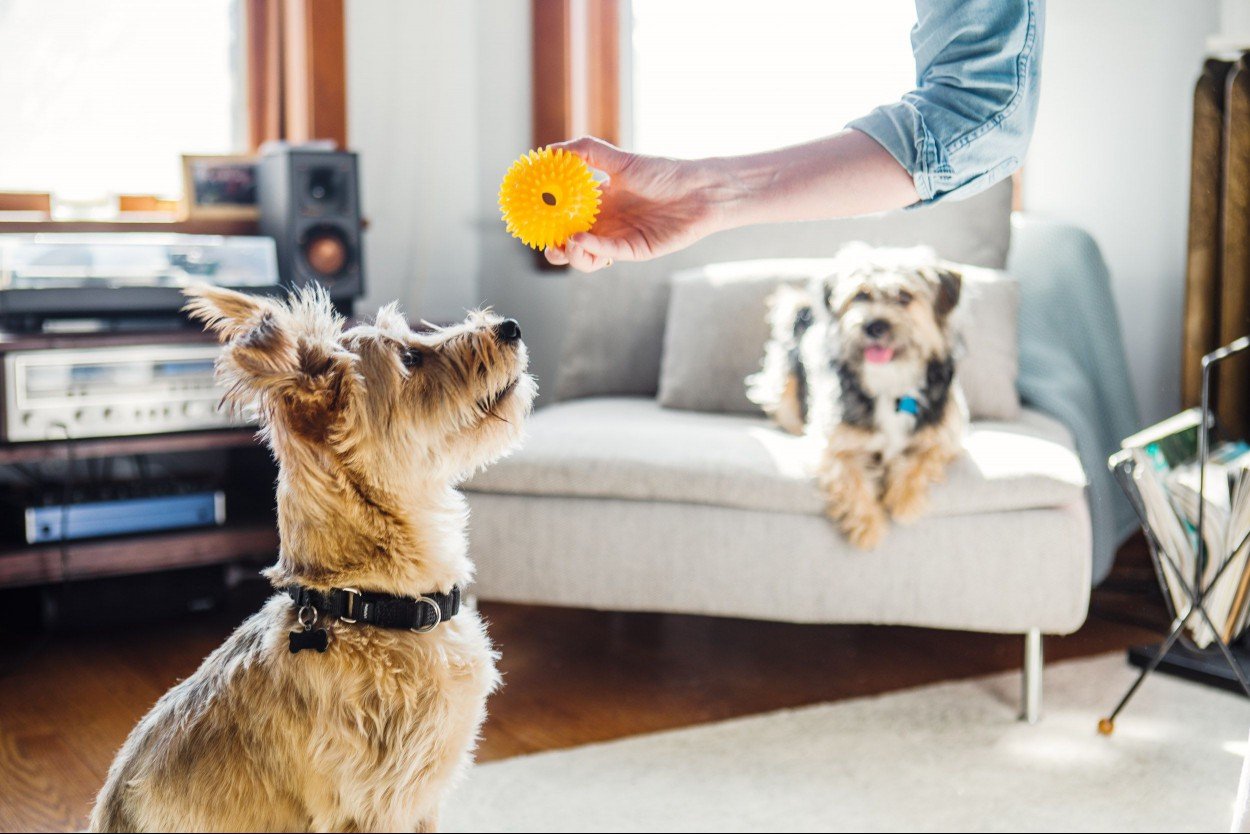
The Spruce / Sarah Crowley
Some trainers recommend a multi-step process that conditions a dog to willingly move on from a resource. This can work well with meals. Place several dog bowls around a large room. Put bland food in one bowl. While your dog eats, add a more desirable food to another bowl that is at a distance. Do not get close enough to evoke an aggressive response; just let your dog see that you are offering a valuable alternative. Continue to add more valuable food to additional bowls, but stop if your dog shows aggression.
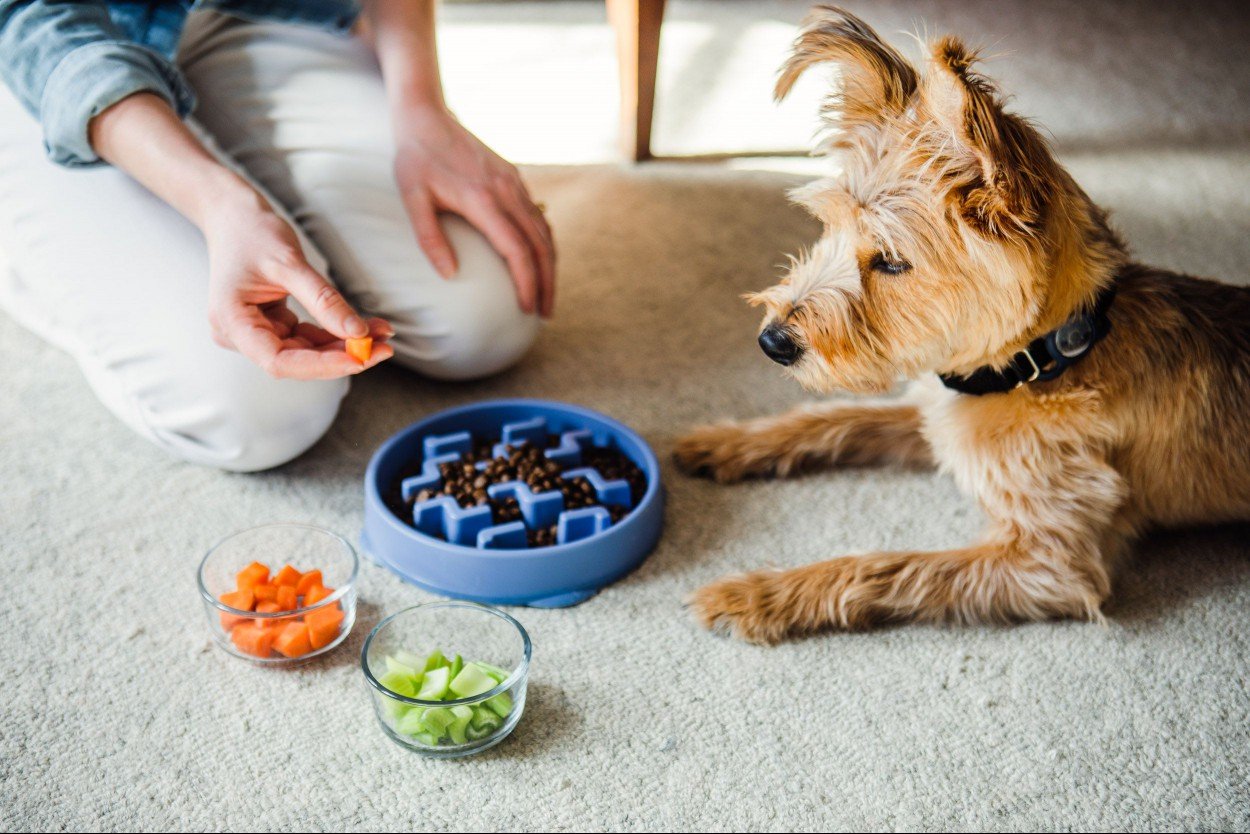
The Spruce / Sarah Crowley
In the initial stages of treatment, it is best to keep highly desirable objects away from your dog, or only given in confined, controlled circumstances such as in their crate. Make sure these items are kept away from your pet so that they can't steal them when you're not looking. Start behavioral modification exercises like those described above, with items that are guarded less heavily, then work your way up to the items that are more valuable to your dog.
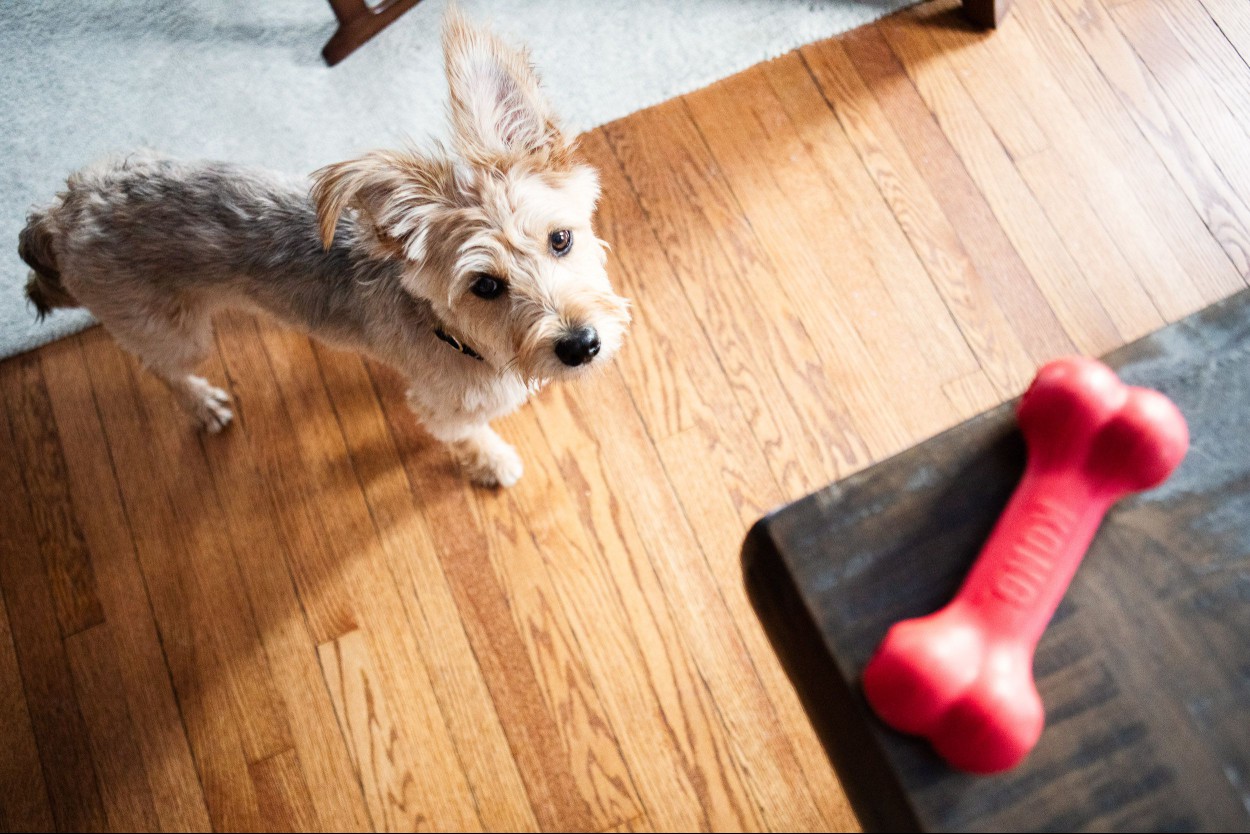
The Spruce / Sarah Crowley
If your dog is actually trying to bite, you must be very careful. If you are not seeing improvement on your own, or if your dog's aggression is getting worse, consider getting help from a dog trainer or behaviorist to correct your dog's behavior.

While it may seem like your dog is whining for no reason, he is trying to tell you something. Like barking and growling, whining is a way for dogs to
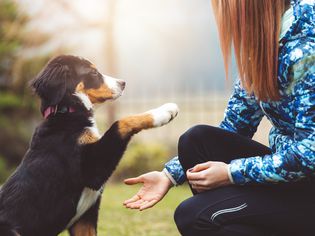
Congratulations on your new puppy! If this is your first dog, welcome to the wonderful world of dog ownership. Puppies are a lot of fun, but they

Most of us humans enjoy the occasional massage, but why is it that so many dogs enjoy, initiate, and even seem to expect pets on a regular basis? The
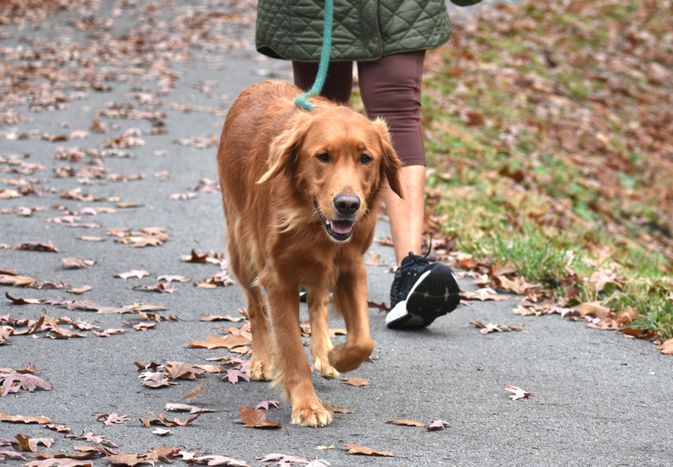
Most dogs really love going for walks. It lets them get out of the house with their beloved owners and explore the world around them. Walks are also a

Raw food diets have become increasingly popular as alternatives to traditional dog food diets. Alongside many other dog food trends like grain-free, v
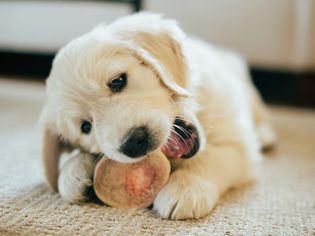
Dogs love to chew on bones. And we dog lovers want to give dogs what they want. So, we often give our dogs big delicious bones that make them so happy
We are an information hub dedicated to delivering clear, trustworthy, and engaging content across a wide spectrum of topics — from innovation and trends to daily life, wellness, and global developments.
Our team is passionate about creating content that helps people stay curious, make informed decisions, and understand the world with greater clarity and context.
With a focus on quality, relevance, and accessibility, we aim to offer a meaningful experience for everyone seeking knowledge, ideas, and thoughtful perspectives.